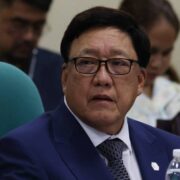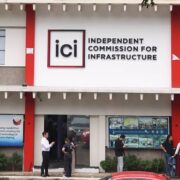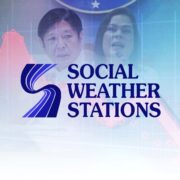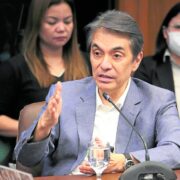Bogged down by inflation
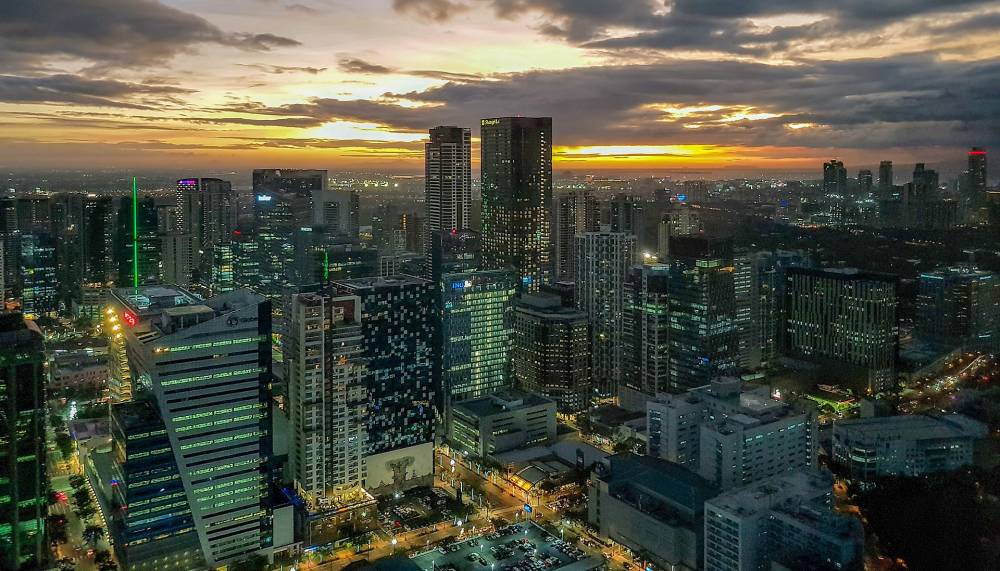
The benchmark equities index plunged below the 6,600 level last Thursday as dismayed investors dumped stocks on news that the Philippine economy expanded by a lower-than-expected 5.7 percent in the first quarter.
Economists and market analysts had expected the growth in Philippine economic output to accelerate to 5.9 percent in the three months to March, buoyed by a burst in infrastructure spending by both the government and the private sector.
Thus when the growth in gross domestic product (GDP) clocked in at just 5.7 percent, slower than the 6.4-percent expansion in the same period last year and falling short of the government target of 6-7 percent, there was a collective groan of disappointment.
More worrying is the growing sense of foreboding that persistently high inflation and the policy rate of the Bangko Sentral ng Pilipinas staying at 6.5 percent are causing growth engines to sputter, raising doubts that the full-year projection of a 6 to 7-percent growth—already a downgrade from the original target of 6.5-7.5 percent—will be achieved.
The biggest source of worry is the drag on consumption, which powers as much as 75 percent of the Philippine economy.
Main culprit
National statistician Dennis Mapa noted that private consumption expanded by just 4.6 percent in the first quarter, a slowdown from the 6.4 percent posted in the first three months last year and also the slowest quarterly expansion since the 2.6 percent growth in the third quarter of 2010, not including the extraordinary contraction during the COVID-19 pandemic.
Inflation was the main culprit, with the rise in the prices of basic goods and services accelerating for the third straight month in April to 3.8 percent, a tad faster than the previous month’s 3.7 percent.
Clearly, high prices stoked by the impact of the El Niño climate phenomenon and geopolitical tensions that contributed to elevated oil prices in the world market have caused Filipinos to tighten their belts and hold back on purchases to conserve their resources, ultimately leading to economic growth falling short of expectations.
Key rates staying higher for longer at 6.5 percent have also depressed investors’ mood, prompting a number of them to pause or postpone aggressive expansion until rates come down from their 17-year highs.
Not all gloom and doom
Secretary Arsenio Balisacan of the National Economic and Development Authority acknowledged as much, saying that the moderated growth in local demand reflected “the less favorable business sentiment.”
Even then, it’s not all gloom and doom.
On the contrary, Balisacan is waxing optimistic, underscoring that the 5.7-percent growth in the first quarter despite considerable headwinds kept the Philippines’ position “as a leading force among Asia’s emerging economies.”
The Philippines’ first quarter GDP growth was the same as Vietnam’s and surpassed that of other major economies such as China at 5.3 percent, Indonesia at 5.1 percent, and Malaysia at 3.9 percent, although slower than India’s projected growth rate of 6.2 percent.
Indeed, despite “several shocks” since the start of the year, from El Niño to geopolitical tensions and elevated borrowing costs and prices of basic goods, the Philippine economy has managed to grow at a more than decent pace.
Yet, most market analysts believe that the drag in the first quarter will carry on, thus they expect growth in 2024 to end up below the government’s target of 6-7 percent.Balisacan, however, remains confident that this will be achieved. But to prove naysayers wrong, the government should have more than just “hard work and the right policies in place.”
‘Biggest worry’
To keep the economic growth engines from stalling and to alleviate Filipinos’ financial pain, economic managers should focus their attention on bringing inflation down.
Filipinos have long been clamoring for it, as evidenced in the latest Pulse Asia survey results that showed that “controlling inflation” was their biggest concern, cutting across socioeconomic classes and geographies.
Finance Secretary Ralph Recto knows this full well, stressing that inflation was the government’s “biggest worry.” Reduce inflation and GDP growth should accelerate.
It is quite obvious that the Marcos administration knows what to do, and has even formed task forces to combat inflation and mitigate the impact of the El Niño weather phenomenon that is wreaking havoc on the vital agricultural sector.
With inflation confined to the 2-4 percent target band for the fifth consecutive month—and coming in below market consensus in April—the Marcos administration can take some credit that prior actions have been producing results.
But more should be done and priority should be given to bringing costs down so that more pesos can be kept in Filipino households’ pockets and rev up economic growth.
That way, the Marcos administration can fulfill its commitment to achieving “rapid, sustained, and inclusive economic growth, leading to a matatag, maginhawa, at panatag na buhay for all Filipinos.”




